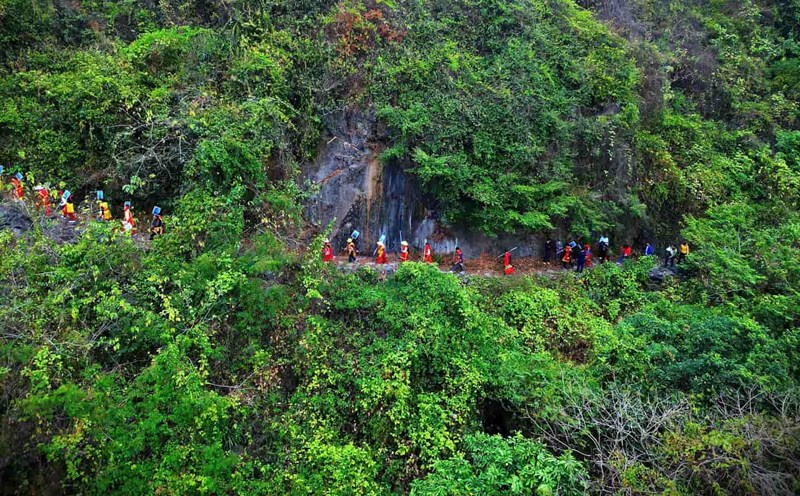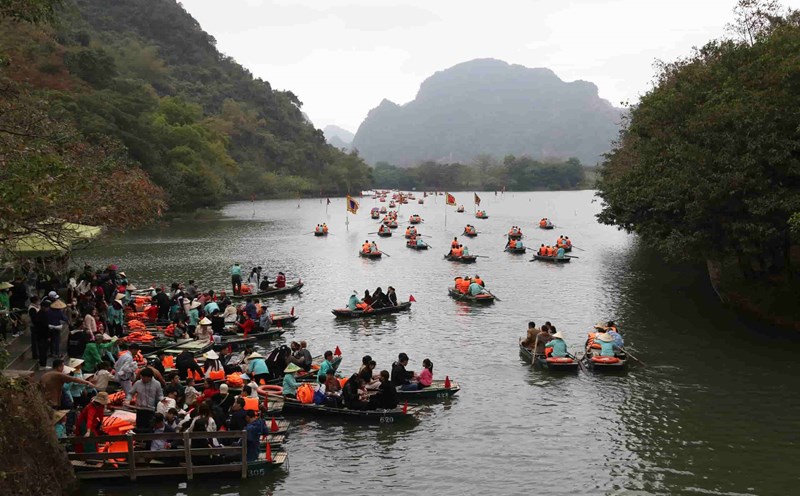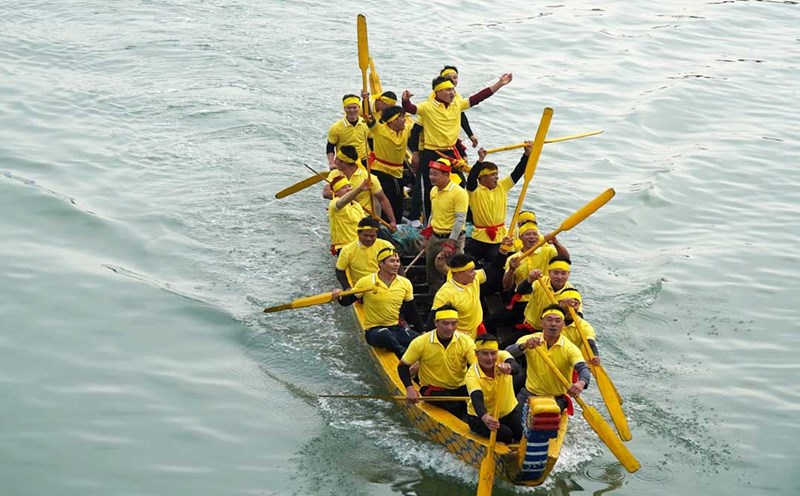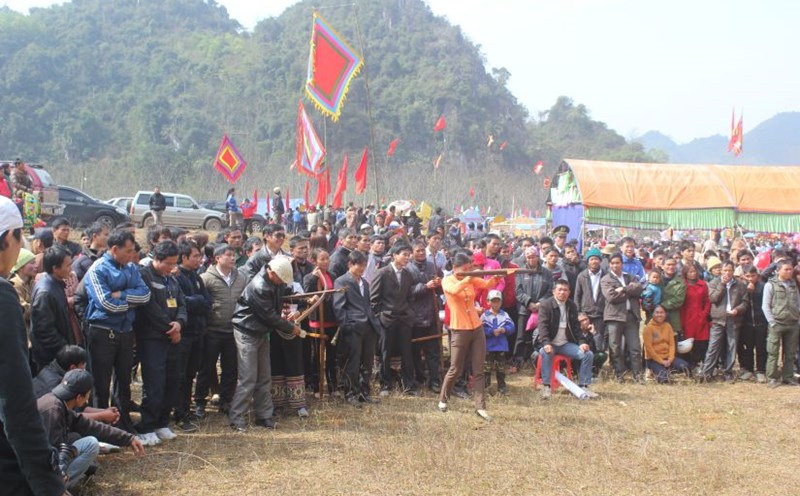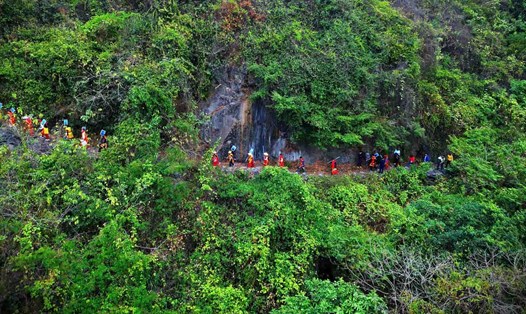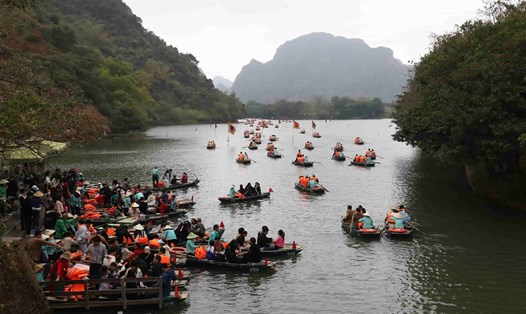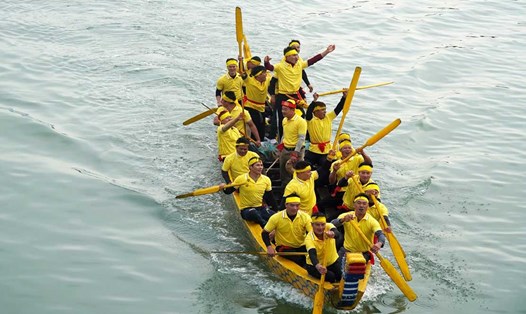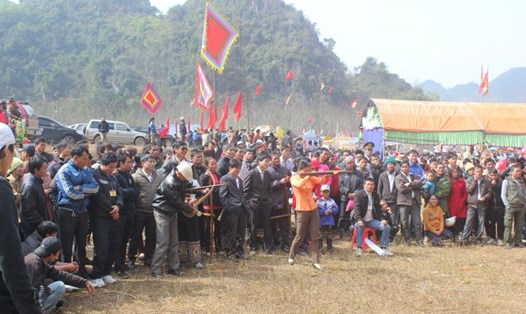Big potential
In the context of climate change and the need for sustainable development becoming increasingly urgent, green tourism has emerged as an inevitable and long-term trend of the smoke-free industry.
In Vietnam, provinces rich in ecological resources such as Ninh Binh, Thanh Hoa and Nghe An are gradually creating a green tourism development strategy, not only to attract tourists but also to preserve nature, preserve indigenous culture and improve livelihoods for the community.
With Trang An Scenic Landscape Complex recognized by UNESCO as a world cultural and natural heritage, Ninh Binh province has long been a symbol of sustainable eco-tourism. The space of limestone mountains blending with rivers, a unique transitional cave system, along with a diverse ecosystem is an ideal foundation for developing green tourism.
Notably, Ninh Binh is the locality chosen by UNDP and the Vietnam Tourism Association to pilot the project "Reducing plastic waste in the tourism industry", successfully implemented in Trang An and Thung Nham. Tourism businesses in Ninh Binh have replaced nylon bags with paper bags, used single-use plastic bottles, and classified waste at source. These small, yet synchronous actions have raised public awareness and created the image of a "safe - friendly - attractive" destination.
Thanh Hoa has begun to transform with green models in Ben En National Park, Pu Luong Nature Reserve, Ma village (Thuong Xuan), Yen Trung tourist village (Yen Dinh)... Pu Luong has become a "hot" destination on the Vietnam tourism map thanks to its architecture integrating into nature, eliminating plastic waste, taking advantage of wind and sky instead of air conditioning, using recycled materials and implementing digital transformation to save resources.
Meanwhile, green tourism in Nghe An is quiet but full of potential. Pu Mat National Park, Pu Hoat Reserve, Tam Dinh mangrove forest, Khe kem waterfall, Pha Lai dam, Khe La dam... are the "rough pearls" that are gradually being awakened.
According to the leader of Nghe An province, the number of visitors to Khe kem waterfall has increased steadily over the years, reaching tens of thousands in 2024. Tourists coming here not only experience the wild landscape but also participate in picnicking, adventure sports, kayaking, learn about Thai ethnic cuisine... A model of eco-tourism connecting the community is gradually taking shape.
Challenges and opportunities
Green tourism in Ninh Binh, Thanh Hoa and Nghe An is making movements. However, all three provinces are facing significant challenges. For example, Thanh Hoa, pioneering models such as Pu Luong Eco Garden are facing many difficulties. harsh climate, perishable friendly materials, high maintenance costs, and lack of specific support policies have caused many businesses to "go into a dilemma".
The lack of specific criteria for green assessment also causes businesses to be confused about the direction, while the management agency has not yet had an effective measure to adjust policies.
From Ninh Binh's first steps, Thanh Hoa's transformation efforts to Nghe An's potential, it can be seen that green tourism is no longer an option, but an inevitable requirement in sustainable development.
However, to form a comprehensive green tourism ecosystem, more long-term plans and practical actions are needed.
First of all, it is necessary to complete the national criteria for green tourism for each type of accommodation, destination, travel, transportation... This is the basis for businesses to invest in the right direction, and the management agency to monitor effectively.
Financial and technical support is needed for green transformation models, especially in remote areas. Individual units participating in green tourism hope to have preferential credit policies, support funds, or public-private partnership programs to encourage green initiatives from the community.
The upcoming tourism promotion conference called Green Tourism Journey will also provide recommendations and solutions on investment in human resource training and propaganda to raise tourist awareness, linking green tourism with cultural and social development with homestay models, farms, traditional craft villages, folk festivals, etc. In particular, the conference will be a place for localities to connect with green tourism, creating new and unique tourism products.
Green tourism not only enhances the experience for tourists but also helps preserve cultural identity, create jobs and retain indigenous people in the homeland.


